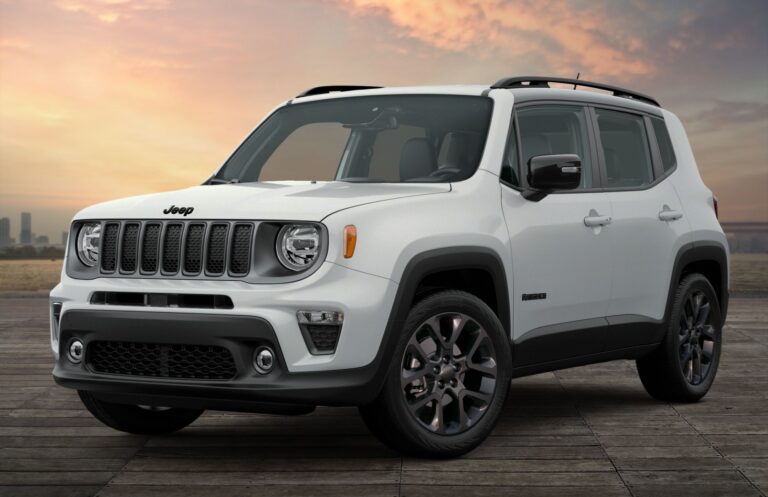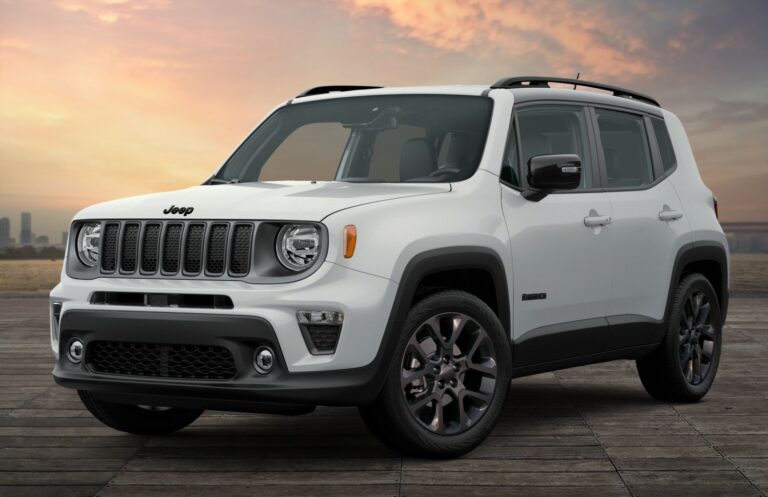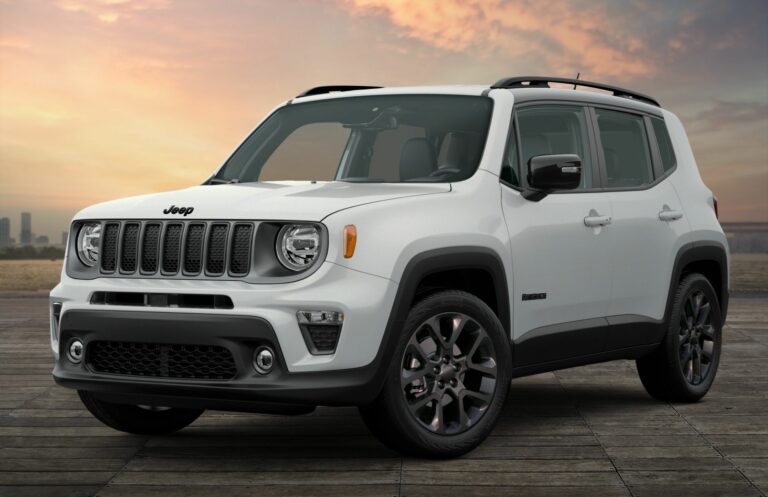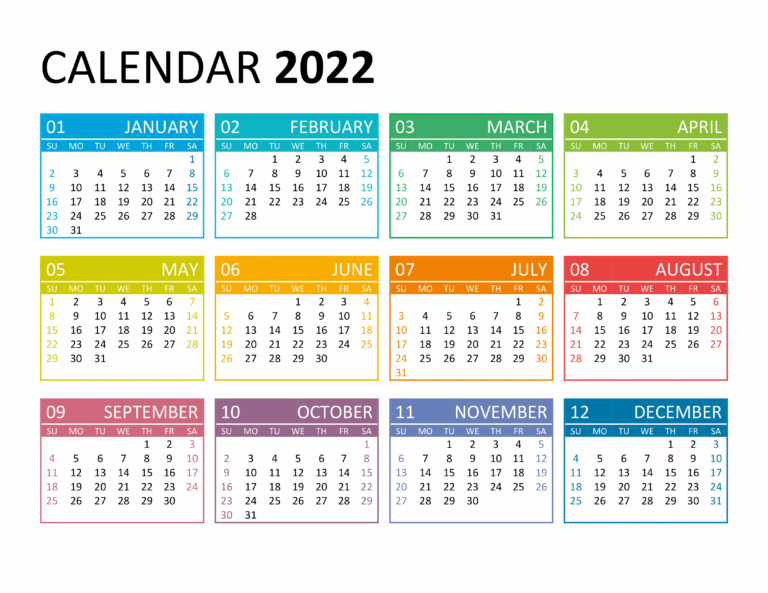Wrangler Jeep Old Model: A Comprehensive Guide to Timeless Off-Road Icons
Wrangler Jeep Old Model: A Comprehensive Guide to Timeless Off-Road Icons jeeps.truckstrend.com
The very mention of "Jeep Wrangler" conjures images of rugged trails, open-air freedom, and an undeniable spirit of adventure. While modern Wranglers continue this legacy, there’s a special place in the hearts of enthusiasts and off-road purists for the "old model" Wranglers. These are not just vehicles; they are enduring symbols of a simpler, more mechanically straightforward era of off-roading. This comprehensive guide will delve into the world of the classic Wrangler, specifically focusing on the YJ and TJ generations, exploring their unique charm, practical considerations, and why they remain incredibly relevant in today’s automotive landscape.
The Lineage of Ruggedness: Defining "Old Model" Wrangler
Wrangler Jeep Old Model: A Comprehensive Guide to Timeless Off-Road Icons
When we talk about "old model" Wranglers, we primarily refer to the Jeep Wrangler YJ (1987-1995) and the Jeep Wrangler TJ (1997-2006). These generations bridged the gap between the utilitarian CJ series and the larger, more refined JK/JL models that followed. They represent a pivotal time in Jeep’s history, maintaining the core DNA of the brand while evolving to meet changing demands for comfort and capability.
-
Jeep Wrangler YJ (1987-1995): The Square Headlight Era
The YJ was the first iteration to bear the "Wrangler" name, succeeding the venerable CJ-7. Its most distinctive feature, and often a point of contention among purists, was its rectangular headlights – a departure from the traditional round lamps. Beneath the polarizing fascia, the YJ retained the CJ’s leaf-spring suspension, offering a robust, albeit stiff, ride. It was designed to be more comfortable and safer than its predecessor, with a wider track and a slightly softer suspension tune. Engine options included the 2.5L AMC 150 I4 and the durable 4.0L AMC 242 I6, which became a legendary powerplant. -
Jeep Wrangler TJ (1997-2006): The Coil Spring Revolution
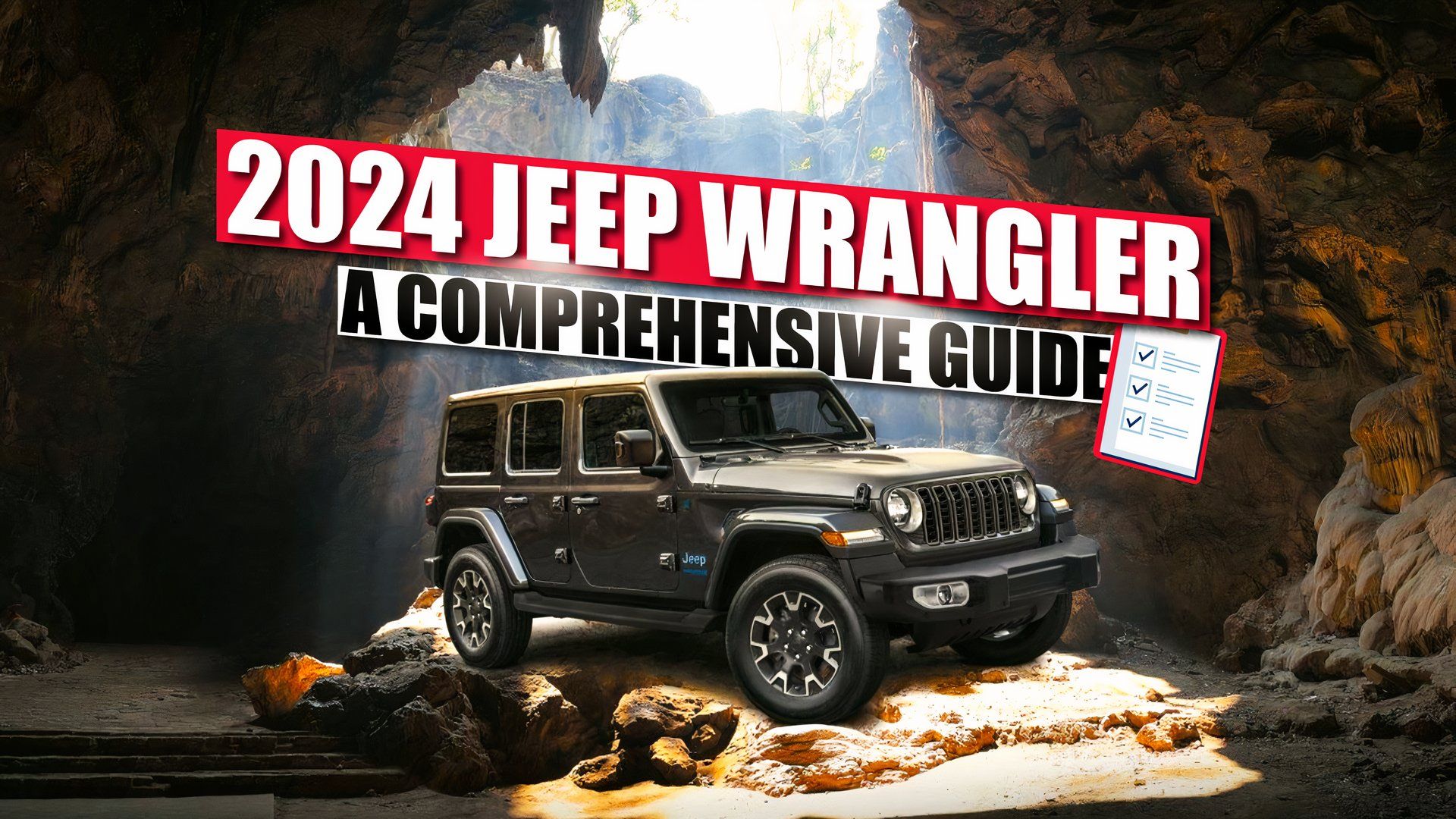
After a brief hiatus in 1996, the Wrangler returned with the TJ, marking a significant evolution. The most celebrated change was the return of the iconic round headlights and, more importantly, the adoption of a coil-spring suspension system for all four wheels. This dramatically improved ride quality, articulation, and overall comfort, making the TJ a more capable and pleasant vehicle both on and off the pavement. The TJ retained the robust 2.5L I4 and the beloved 4.0L I6 engines. It also introduced the highly revered TJ Rubicon in 2003, factory-equipped with Dana 44 axles, front and rear air lockers, and a 4:1 transfer case, setting a new benchmark for production off-road capability. The TJ also saw the introduction of the LJ (Wrangler Unlimited) in 2004-2006, a long-wheelbase version offering more cargo and rear passenger room.
These "old models" are revered for their blend of classic Jeep aesthetics, mechanical simplicity, and incredible off-road prowess, making them highly sought after by enthusiasts today.
Why the Old Models Endure: Benefits and Appeal

The lasting popularity of the YJ and TJ is no accident. Their inherent qualities make them attractive to a wide range of owners:
- Simplicity & Durability: Compared to modern vehicles, the old model Wranglers are less reliant on complex electronics and computer systems. This mechanical straightforwardness often translates to easier diagnosis and repair, lower maintenance costs for DIYers, and a reputation for robust, long-lasting components.
- Unmatched Off-Road Prowess: With their short wheelbases, high ground clearance, and solid axles (especially the TJ’s coil-sprung setup), these Wranglers are exceptionally capable off-road. They can navigate tight trails, conquer challenging obstacles, and articulate over uneven terrain with impressive ease. The TJ, in particular, set new standards for factory off-road performance.
- Customization Heaven: The aftermarket support for YJ and TJ Wranglers is simply immense. From lift kits, larger tires, and heavy-duty bumpers to engine swaps and custom interiors, virtually every component can be upgraded or modified. This makes them perfect platforms for owners to tailor their vehicle precisely to their off-roading style or aesthetic preferences.
- Timeless Aesthetics & Open-Air Freedom: The classic, boxy silhouette of the YJ and TJ, coupled with their removable doors, fold-down windshields (YJ), and soft or hardtop options, embodies the quintessential Jeep experience. The ability to quickly transform the vehicle into an open-air cruiser is a core part of their appeal.
- Strong Community & Resale Value: The old model Wrangler community is vibrant and supportive, offering a wealth of knowledge, shared experiences, and camaraderie. Furthermore, these vehicles tend to hold their value remarkably well, often appreciating if kept in good condition or properly modified.
![]()
Important Considerations Before Buying an Old Model Wrangler
While alluring, purchasing an old model Wrangler requires careful consideration of several factors to ensure a satisfying ownership experience.
- Rust is the Enemy: This is arguably the biggest concern for any vintage vehicle, and Wranglers are no exception. Frame rust, especially around the control arm mounts, skid plates, and body mounts, is common. Floorboards, fender wells, and rocker panels are also susceptible. Thorough inspection is critical.
- Maintenance History: A well-documented maintenance history is invaluable. Neglected older vehicles can quickly become money pits. Look for evidence of regular oil changes, fluid flushes, and timely repairs.
- Common Mechanical Issues:
- "Death Wobble": A violent, uncontrolled shaking of the front end, usually occurring at highway speeds after hitting a bump. It’s almost always due to worn steering and suspension components (track bar, tie rod ends, ball joints, control arm bushings).
- Frame Rot: Beyond surface rust, actual frame perforation is a serious structural issue.
- Exhaust Manifold Cracks (4.0L I6): Common on the 4.0L, leading to ticking noises and exhaust leaks.
- Rear Main Seal Leaks (4.0L I6): Another frequent issue, though not always severe.
- Cooling System Issues: Old radiators, water pumps, and hoses can fail.
- Daily Driver vs. Off-Roader: An old model Wrangler, especially a lifted one with large tires, will not offer the same comfort, quietness, or fuel economy as a modern SUV. Understand its limitations as a daily driver, particularly on long highway stretches. Fuel economy is generally poor (12-18 MPG depending on configuration and engine).
- Parts Availability: While most common parts are readily available due to aftermarket support, some specific OEM parts for very early YJs might be harder to source.
Tips for Owning and Maintaining Your Vintage Wrangler
Once you’ve acquired your classic Wrangler, responsible ownership is key to its longevity and your enjoyment.
- Regular Inspections: Make it a habit to regularly inspect the frame for new rust, check all fluid levels, examine suspension and steering components for wear, and look for any leaks.
- Proactive Maintenance: Don’t wait for something to break. Adhere to or exceed recommended fluid change intervals for engine oil, transmission fluid, transfer case fluid, and differential fluids. Grease all zerk fittings.
- Address "Death Wobble" Immediately: This is not just annoying; it’s dangerous. Diagnose and replace worn components promptly. Often, it’s a combination of factors.
- Understand Your Modifications: If your Wrangler is modified, understand how those modifications affect its performance, handling, and maintenance needs. Lift kits, for instance, can accelerate wear on certain components if not properly installed and maintained.
- Join the Community: Online forums (like JeepForum.com, WranglerForum.com) and local Jeep clubs are invaluable resources. You’ll find a wealth of knowledge, troubleshooting tips, and opportunities to connect with fellow enthusiasts.
Types/Categories: YJ vs. TJ – Choosing Your Classic
Deciding between a YJ and a TJ often comes down to personal preference, budget, and intended use.
-
Jeep Wrangler YJ (1987-1995):
- Pros: Generally lower entry price, simpler leaf-spring suspension (some prefer its ruggedness for heavy loads), classic utilitarian feel, unique square headlights.
- Cons: Stiffer ride, less articulation than TJ, older design means more potential for wear/rust.
- Best for: Budget-conscious buyers, those who appreciate a more "raw" driving experience, or collectors looking for the first "Wrangler."
-
Jeep Wrangler TJ (1997-2006):
- Pros: Superior ride comfort and articulation due to coil springs, better on-road manners, highly capable off-road (especially the Rubicon model), iconic round headlights.
- Cons: Higher price point, still susceptible to rust and common issues.
- Best for: Those seeking a more comfortable daily driver/off-roader balance, serious off-road enthusiasts (especially the Rubicon), or those wanting a slightly more modern classic.
-
Jeep Wrangler LJ (Unlimited) (2004-2006):
- Pros: All the benefits of the TJ but with a 10-inch longer wheelbase, providing significantly more cargo space and rear passenger legroom. Improved stability for towing and highway driving.
- Cons: Rarest and most expensive of the "old models," often commanding a premium.
- Best for: Overlanding, families who need more space but still want the TJ experience, or collectors seeking a highly desirable variant.
Practical Advice: What to Look For When Buying
When inspecting a potential old model Wrangler, be thorough:
- Frame Inspection (Critical): Get underneath with a flashlight and screwdriver/hammer. Tap on the frame in various spots, especially near suspension mounts, skid plates, and cross members. Any soft spots or flaking rust is a red flag. Pay close attention to the rear section of the frame where it kicks up over the axle.
- Body Rust: Check rocker panels, floorboards (under carpets), fender wells, door hinges, and the area around the windshield frame.
- Engine & Transmission: Listen for knocking, ticking, or grinding noises. Check for fluid leaks. Ensure the transmission shifts smoothly, both automatic and manual. Test 4WD engaging and disengaging.
- Suspension & Steering: Look for worn bushings (cracked rubber), leaky shocks, bent tie rods, and excessive play in the steering wheel. Grab the tires at 3 and 9 o’clock, and 12 and 6 o’clock to check for play in tie rods and ball joints.
- Electrical System: Test all lights, wipers, radio, power windows (if equipped), and heater/AC. Old wiring can be problematic.
- Soft Top/Hardtop Condition: Check for rips, tears, clear window clarity, and proper sealing. Hardtops can be heavy and require storage space.
- Documentation: Ask for service records, receipts for parts, and details of any modifications. This tells you a lot about the previous owner’s care.
- Test Drive: Drive at various speeds, including highway speeds, to check for "death wobble," excessive road noise, vibrations, and proper braking. Test the 4WD in a safe, open area if possible.
Potential Challenges and Solutions
- Challenge: Rust.
- Solution: Proactive rust prevention (undercoating, regular cleaning), localized patch repair for small areas, or professional frame repair/replacement for severe cases.
- Challenge: Poor Fuel Economy.
- Solution: Manage expectations; it’s a brick on wheels. Maintain the engine well, ensure tires are properly inflated. For extreme cases, consider an engine swap (a common but costly modification).
- Challenge: Rough Ride (YJ) / Less Refined Ride (TJ).
- Solution: Aftermarket suspension upgrades (shocks, springs) can significantly improve ride quality. Better seats can also enhance comfort.
- Challenge: Noise.
- Solution: Ensure soft top/hardtop is in good condition and sealed. Add sound deadening material to the floorboards and inside the hardtop.
- Challenge: Security.
- Solution: Removable doors and tops make them easy targets. Never leave valuables inside. Consider aftermarket security systems or locking storage bins.
Wrangler Jeep Old Model: Estimated Price Table
Prices for old model Wranglers vary wildly based on year, condition, mileage, modifications, and region. The table below provides a general range for vehicles in good, drivable condition (not project cars, not concours examples). Highly modified or exceptionally clean stock examples can fetch significantly more.
| Model | Year Range | Average Price Range (Good Condition) | Notes |
|---|---|---|---|
| Jeep Wrangler YJ | 1987-1995 | $6,000 – $15,000 | Entry-level classic. Check for frame rust carefully. Often cheaper to acquire, but may require more initial work. |
| Jeep Wrangler TJ | 1997-2006 | $10,000 – $25,000 | More comfortable ride, better articulation. Strong aftermarket. Prices vary greatly with condition and mods. |
| Jeep Wrangler TJ Rubicon | 2003-2006 | $18,000 – $35,000+ | Highly sought after. Factory lockers and Dana 44 axles command a premium. Excellent off-road capability out of the box. |
| Jeep Wrangler LJ (Unlimited) | 2004-2006 | $20,000 – $40,000+ | Rarest and most desirable of the "old models." Longer wheelbase offers more space and stability. Prices are generally the highest. |
Note: These are estimated ranges. Exceptional examples or heavily modified Jeeps (with quality parts) can exceed these upper limits. Project vehicles needing significant work will be considerably cheaper.
Frequently Asked Questions (FAQ) about Wrangler Jeep Old Model
Q: What’s the main difference between a YJ and a TJ?
A: The most significant differences are the suspension (YJ has leaf springs, TJ has coil springs for a much smoother ride and better articulation) and the headlights (YJ has square, TJ has round).
Q: Are old Wranglers reliable?
A: With proper maintenance, yes. Their mechanical simplicity makes them robust. However, like any older vehicle, they require more frequent checks and can develop age-related issues (e.g., rust, worn suspension components).
Q: How much does it cost to maintain an old Wrangler?
A: Maintenance costs can vary. Routine oil changes and fluid flushes are inexpensive. However, if major components (like a transmission or significant rust repair) are needed, costs can quickly add up. DIY repairs can save a lot of money due to their simple design.
Q: Can I daily drive an old Wrangler?
A: Yes, many people do. However, be prepared for a less refined ride, more road noise, and lower fuel economy compared to modern vehicles. They are certainly capable of daily commuting, but comfort levels are lower.
Q: What is "Death Wobble"?
A: Death Wobble is a violent, uncontrolled oscillation of the front wheels, usually triggered by hitting a bump at highway speeds. It’s almost always caused by worn or loose components in the steering and front suspension system. It’s dangerous and needs immediate attention.
Q: Is it hard to find parts for old Wranglers?
A: Generally, no. Thanks to a massive aftermarket industry and a passionate owner community, most common mechanical, body, and upgrade parts are readily available for both YJ and TJ models.
Conclusion: The Enduring Legacy of the Old Model Wrangler
The old model Jeep Wranglers, specifically the YJ and TJ generations, represent more than just used vehicles; they embody a philosophy of rugged independence and open-air adventure. Their enduring appeal lies in their mechanical simplicity, unparalleled customization potential, and an undeniable connection to the spirit of off-roading. While they demand a certain level of commitment in terms of maintenance and realistic expectations regarding comfort, the rewards of owning one are immeasurable. For those seeking a classic off-road icon that offers a unique blend of heritage, capability, and community, an old model Wrangler isn’t just a purchase – it’s an investment in a lifestyle.
![]()
